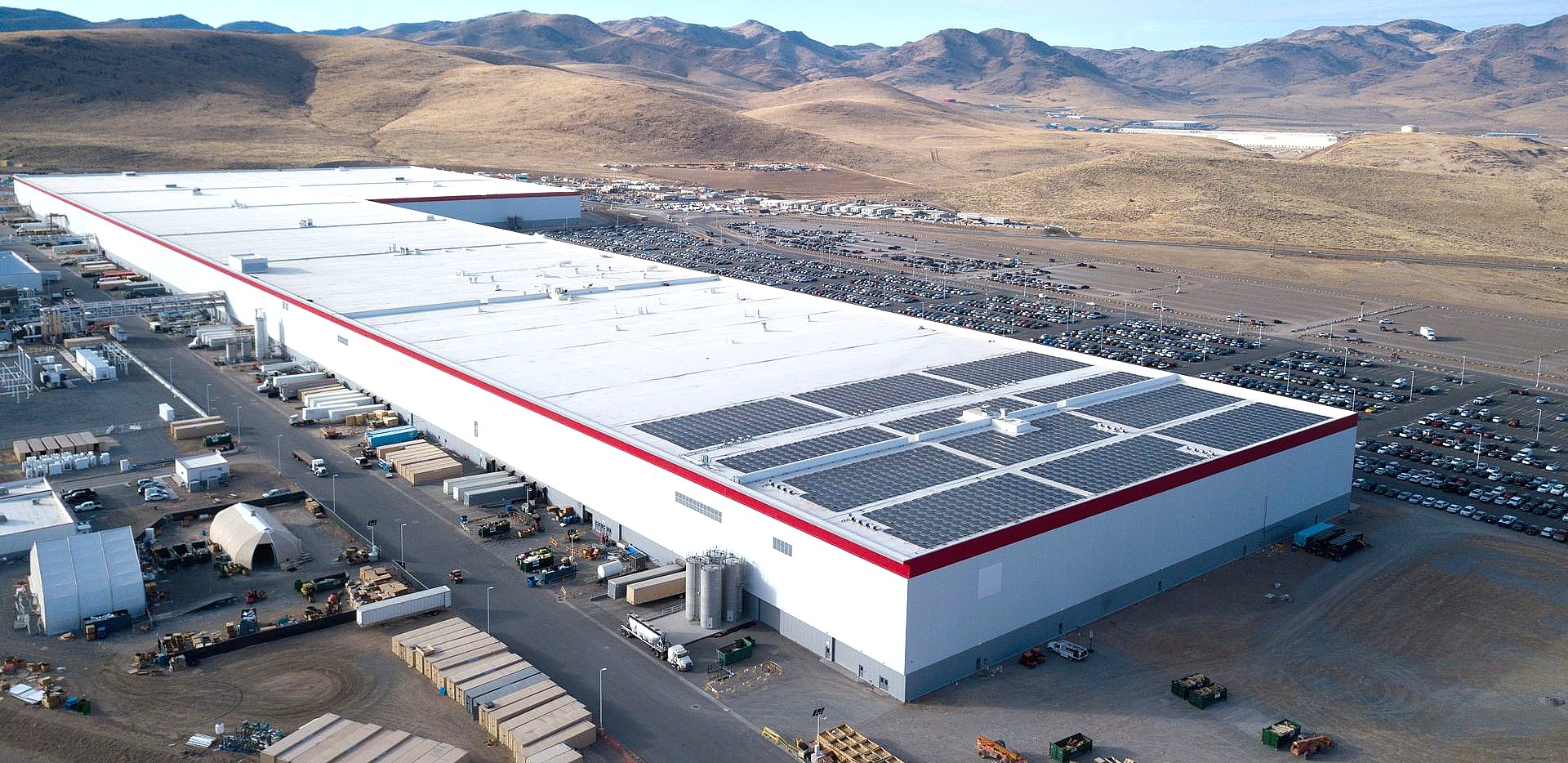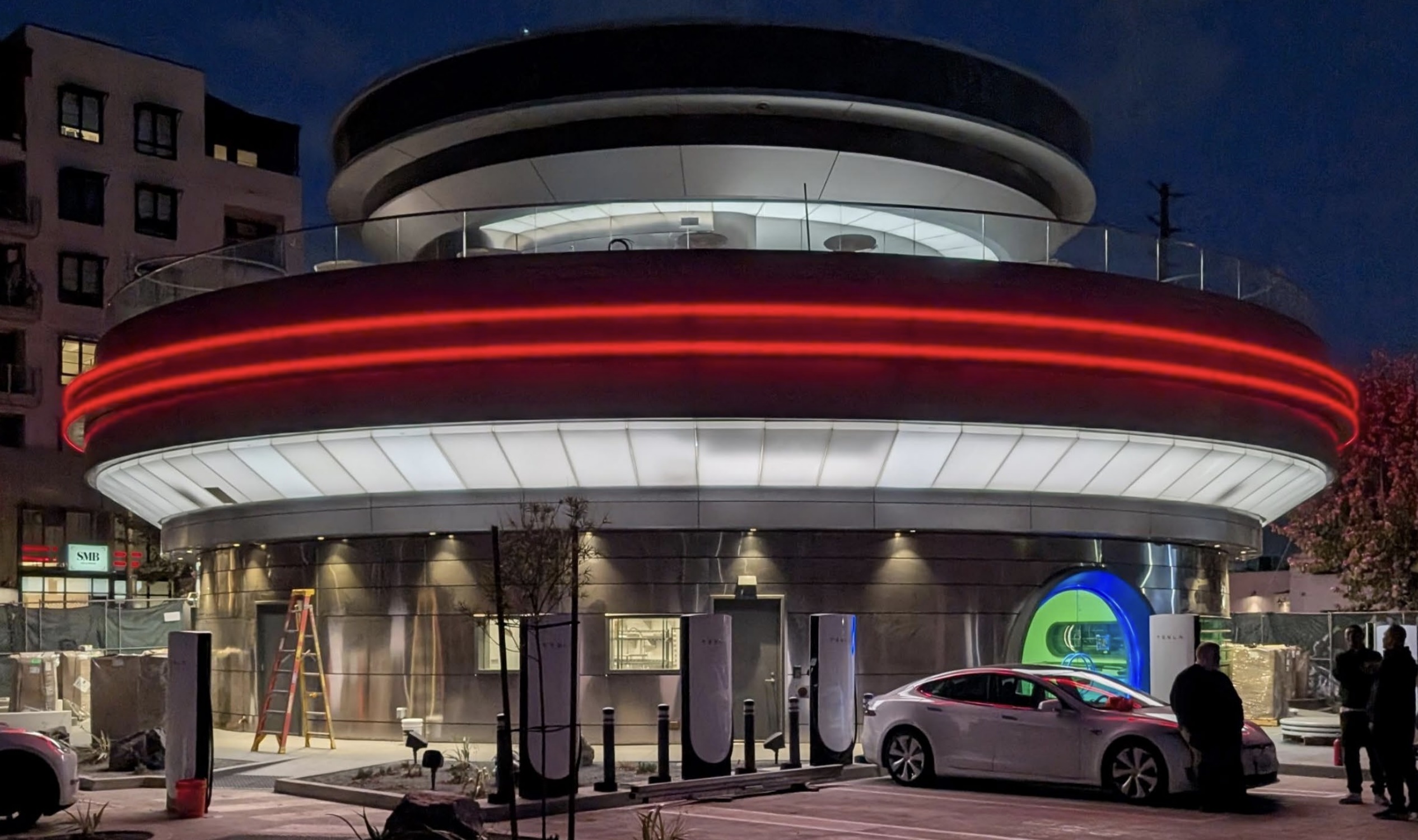

News
Tesla hacker to be deported after pleading guilty to ransomware plot against Giga Nevada
Russian Tesla hacker Egor Igorevich Kriuchkov will be deported from the United States after being sentenced on Monday to time already served. In March, Kruichkov pleaded guilty to a cybersecurity attack on Tesla’s Gigafactory Nevada in Reno.
Kriuchkov appeared on a video conference from jail recently and apologized for his involvement with the ransomware plot on Tesla.
“I’m sorry for my decision. I regret it,” he said through a court interpreter. According to The Seattle Times, the Tesla hacker is fluent in English, but U.S. District Judge Miranda Du in Reno provided Kriuchkov with an interpreter anyway.
The Russian hacker said his time in U.S. custody made him reflect on the pain he caused this family in Russia and the damage it caused to his reputation. Some of Kriuchkov’s family members sent emails to the judge asking for leniency.
“I understand it was a bad decision,” Kriuchkov said. He apologized after Judge Du acknowledged that the cybersecurity attack was not successful and did not compromise the company network. The judge also noted that Kriuchkov offered to pay an unidentified Tesla employee $500,000 to help with the ransomware plot.
Previous reports noted that Kriuchkov and his peers involved with the cybersecurity attack planned to offer a $1 million incentive to a Giga Nevada employee who would help initiate the cyberattack against Tesla. The Tesla worker did not accept the bribe and instead chose to report the ransomware plot to the FBI. Kriuchkov was later apprehended in Los Angeles as he was trying to flee the country.
The judge went along with a plea agreement reached between prosecutors and Kriuchkov, who was sentenced to 10 months in custody for his guilty plea in March. The Russian hacker must also pay about $14,825 in restitution for the time Tesla spent investigating the cybersecurity attack and turning the case over to the FBI. If he remains in the United States or returns from abroad, Kriuchkov will be under federal supervision for three years. He will remain in custody until he leaves the United States.
Do you have anything to share with the Teslarati Team? We’d love to hear from you, email us at tips@teslarati.com or reach out to me at maria@teslarati.com.

News
Tesla’s top-rated Supercharger Network becomes Stellantis’ new key EV asset
The rollout begins in North America early next year before expanding to Japan and South Korea in 2027.

Stellantis will adopt Tesla’s North American Charging System (NACS) across select battery-electric vehicles starting in 2026, giving customers access to more than 28,000 Tesla Superchargers across five countries.
The rollout begins in North America early next year before expanding to Japan and South Korea in 2027, significantly boosting public fast-charging access for Jeep, Dodge, and other Stellantis brands. The move marks one of Stellantis’ largest infrastructure expansions to date.
Stellantis unlocks NACS access
Beginning in early 2026, Stellantis BEVs, including models like the Jeep Wagoneer S and Dodge Charger Daytona, will gain access to Tesla’s Supercharger network across North America. The integration will extend to Japan and South Korea in 2027, with the 2026 Jeep Recon and additional next-generation BEVs joining the list as compatibility expands. Stellantis stated that details on adapters and network onboarding for current models will be released closer to launch, as noted in a press release.
The company emphasizes that adopting NACS aligns with a broader strategy to give customers greater freedom of choice when charging, especially as infrastructure availability becomes a deciding factor for EV buyers. With access to thousands of high-speed stations, Stellantis aims to reduce range anxiety and improve long-distance travel convenience across its global portfolio.
Tesla Supercharger network proves its value
Stellantis’ move also comes as Tesla’s Supercharger system continues to earn top rankings for reliability and user experience. In the 2025 Zapmap survey, drawn from nearly 4,000 BEV drivers across the UK, Tesla Superchargers were named the Best Large EV Charging Network for the second year in a row. The study measured reliability, ease of use, and payment experience across the country’s public charging landscape.
Tesla’s UK network now includes 1,115 open Supercharger devices at 97 public locations, representing roughly 54% of its total footprint and marking a 40% increase in public availability since late 2024. Zapmap highlighted the Supercharger network’s consistently lower pricing compared to other rapid and ultra-rapid providers, alongside its strong uptime and streamlined user experience. These performance metrics further reinforce the value of Stellantis’ decision to integrate NACS across major markets.
News
Tesla FSD and Robotaxis are making people aware how bad human drivers are
These observations really show that Tesla’s focus on autonomy would result in safer roads for everyone.

Tesla FSD and the Robotaxi network are becoming so good in their self-driving performance, they are starting to highlight just how bad humans really are at driving.
This could be seen in several observations from the electric vehicle community.
Robotaxis are better than Uber, actually
Tesla’s Robotaxi service is only available in Austin and the Bay Area for now, but those who have used the service have generally been appreciative of its capabilities and performance. Some Robotaxi customers have observed that the service is simply so much more affordable than Uber, and its driving is actually really good.
One veteran Tesla owner, @BLKMDL3, recently noted that the Robotaxi service has become better than Uber simply because FSD now drives better than some human drivers. Apart from the fact that Robotaxis allow riders to easily sync their phones to the rear display, the vehicles generally provide a significantly more comfortable ride than their manually-driven counterparts from Uber.
FSD is changing the narrative, one ride at a time
It appears that FSD V14 really is something special. The update has received wide acclaim from users since it was released, and the positive reactions are still coming. This was highlighted in a recent post from Tesla owner Travis Nicolette, who shared a recent experience with FSD. As per the Tesla owner, he was quite surprised as his car was able to accomplish a U-turn in a way that exceeded human drivers.
Yet another example of FSD’s smooth and safe driving was showcased in a recent video, which showed a safety monitor of a Bay Area Robotaxi falling asleep in the driver’s seat. In any other car, a driver falling asleep at the wheel could easily result in a grave accident, but thanks to FSD, both the safety monitor and the passengers remained safe.
These observations, if any, really show that Tesla’s focus on autonomy would result in safer roads for everyone. As per the IIHS, there were 40,901 deaths from motor vehicle crashes in the United States in 2023. The NHTSA also estimated that in 2017, 91,000 police-reported crashes involved drowsy drivers. These crashes led to an estimated 50,000 people injured and 800 deaths. FSD could lower all these tragic statistics by a notable margin.
News
Tesla lands approval for Robotaxi operation in third U.S. state
On Tuesday, Tesla officially received regulatory approval from the State of Arizona, making it the third state for the company to receive approval in.

Tesla has officially landed approval to operate its Robotaxi ride-hailing service in its third U.S. state, as it has landed a regulatory green light from the State of Arizona’s Department of Transportation.
Tesla has been working to expand to new U.S. states after launching in Texas and California earlier this year. Recently, it said it was hoping to land in Nevada, Arizona, and Florida, expanding to five new cities in those three states.
On Tuesday, Tesla officially received regulatory approval from the State of Arizona, making it the third state for the company to receive approval in:
BREAKING: Tesla has officially received approval from the Arizona Department of Transportation to launch its Robotaxi service on public roads in the state!
I just confirmed directly with the Arizona DOT that @Tesla applied for a Transportation Network Company permit on Nov 13th.… pic.twitter.com/iKbwfGfiju
— Sawyer Merritt (@SawyerMerritt) November 18, 2025
Tesla has also been working on approvals in Nevada and Florida, and it has also had Robotaxi test mules spotted in Pennsylvania.
The interesting thing about the Arizona approval is the fact that Tesla has not received an approval for any specific city; it appears that it can operate statewide. However, early on, Tesla will likely confine its operation to just one or two cities to keep things safe and controlled.
Over the past few months, Robotaxi mules have been spotted in portions of Phoenix and surrounding cities, such as Scottsdale, as the company has been attempting to cross off all the regulatory Ts that it is confronted with as it attempts to expand the ride-hailing service.
It appears the company will be operating it similarly to how it does in Texas, which differs from its California program. In Austin, there is no Safety Monitor in the driver’s seat, unless the route requires freeway travel. In California, there is always a Safety Monitor in the driver’s seat. However, this is unconfirmed.
Earlier today, Tesla enabled its Robotaxi app to be utilized for ride-hailing for anyone using the iOS platform.








